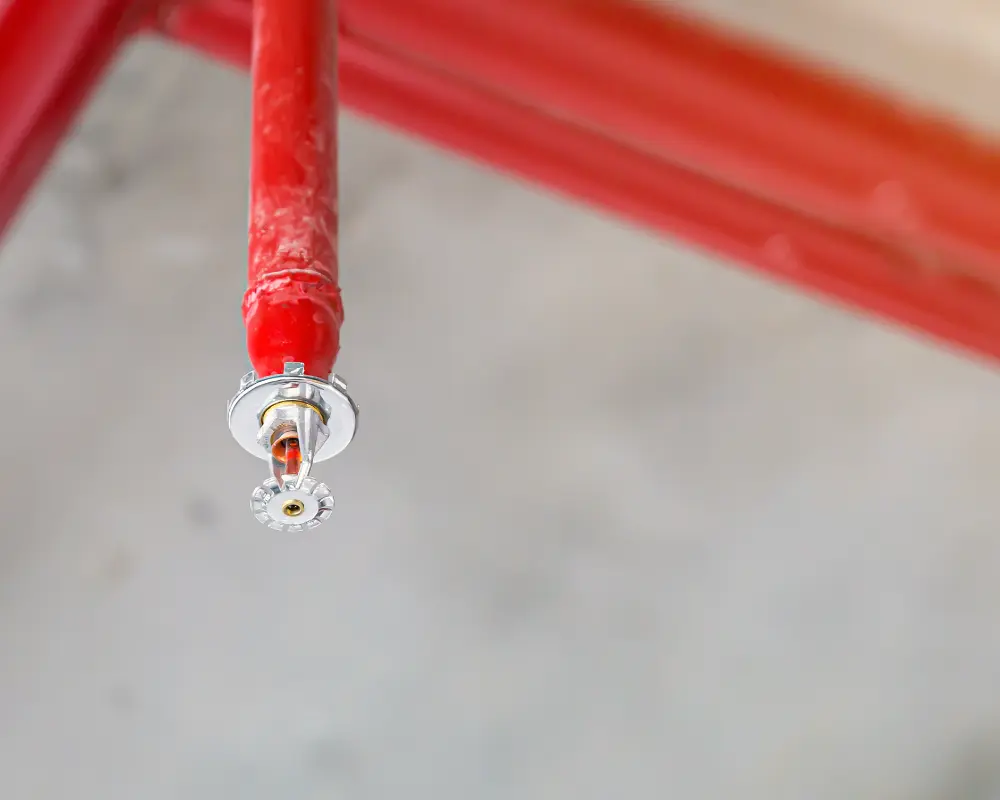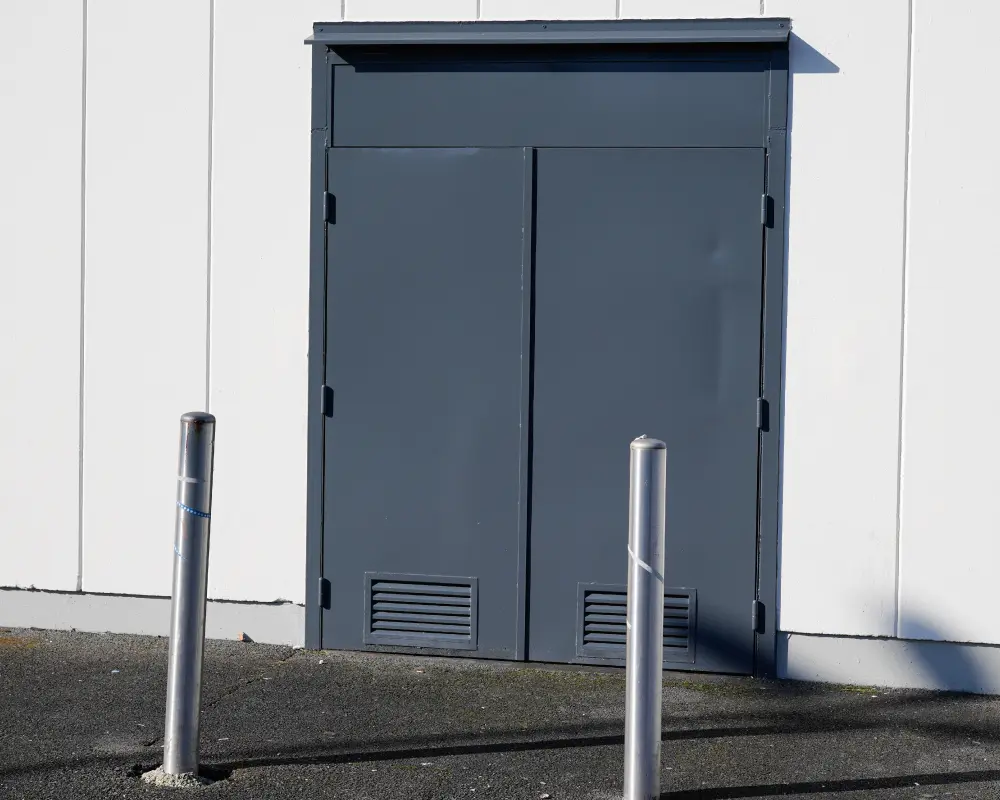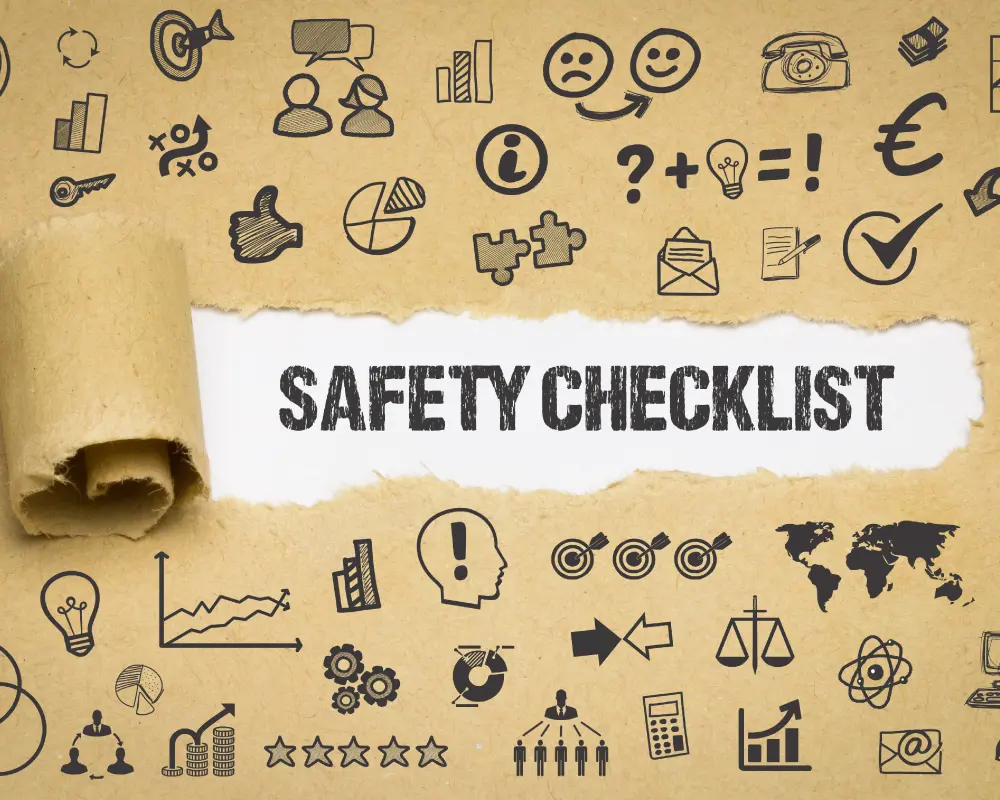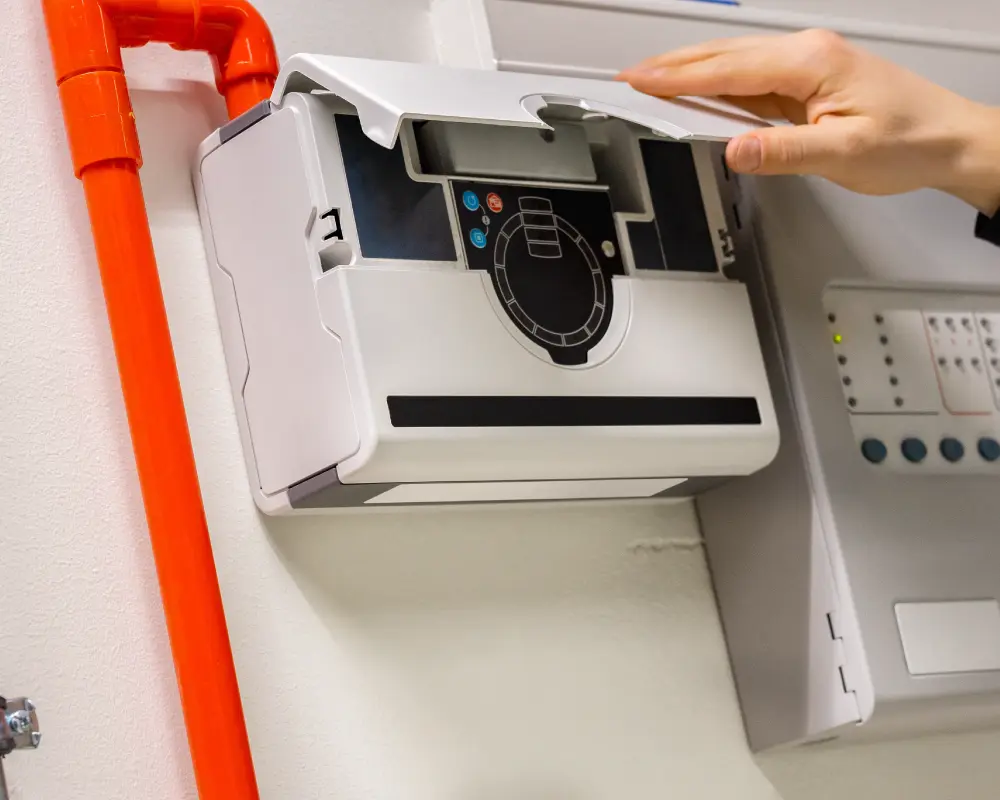
Importance of Emergency Lighting
Importance of Emergency Lighting
Emergency lighting is crucial for ensuring safety during power outages or emergencies. These systems provide illumination when normal lighting fails, guiding occupants to exits and reducing the risk of panic. Emergency lights play a vital role in buildings of all sizes, from residential properties to commercial and industrial facilities. Understanding the importance of emergency lighting helps in maintaining compliance with safety standards and protecting lives.
What is Emergency Lighting?
Emergency lighting refers to battery-powered lights designed to operate automatically when the main power supply is interrupted. These lights remain off during normal conditions but activate instantly during an emergency. Emergency light systems include various types of fixtures, such as emergency exit signs, bulkhead lights, and recessed downlights. Each type serves a specific purpose, ensuring comprehensive coverage and visibility during an emergency.
Types of Emergency Lights
Different types of emergency lights cater to various needs and applications. Bulkhead lights provide general illumination, often used in hallways and stairwells. Emergency exit signs indicate the direction to the nearest exit, essential for guiding people safely out of a building. Recessed downlights offer a more discreet option, blending seamlessly with regular lighting fixtures. Understanding these types helps in selecting the appropriate emergency lighting for specific requirements.
Emergency Lighting Regulations in the UK
Emergency lighting regulations in the UK are stringent, ensuring that all buildings adhere to safety standards. The Regulatory Reform (Fire Safety) Order 2005 mandates that all non-domestic buildings must have adequate emergency lighting. These regulations specify the placement, duration, and performance of emergency light systems, ensuring they provide sufficient illumination for safe evacuation. Compliance with these regulations is crucial for legal and safety reasons.
Benefits of Emergency Lighting
The benefits of emergency lighting extend beyond regulatory compliance. Emergency lights enhance safety by providing clear visibility and guidance during power outages. These systems help prevent accidents, reduce panic, and facilitate a smooth evacuation process. Emergency lighting also ensures that critical areas, such as fire alarm panels and safety equipment, remain visible and accessible. Investing in emergency lighting is an essential aspect of overall safety management.
Emergency Light Testing
Regular emergency light testing is essential to ensure that systems function correctly during an emergency. Testing involves simulating a power failure to verify that emergency lights activate and provide adequate illumination. Emergency light testing should be conducted monthly, with a more thorough annual inspection. Keeping records of these tests is crucial for maintaining an emergency lighting certificate and demonstrating compliance with safety regulations.
Obtaining an Emergency Lighting Certificate
An emergency lighting certificate is a document that confirms the installation and testing of emergency lighting systems. This certificate is essential for compliance with emergency lighting regulations in the UK. It serves as proof that the emergency lighting system meets all required standards and has undergone regular testing. Building owners and managers should ensure they obtain and maintain this certificate to avoid legal issues and enhance safety.
Why Choose Vale Fire & Security for Emergency Lighting?
Vale Fire & Security provides comprehensive emergency lighting solutions, ensuring that all systems meet the highest standards of safety and compliance. The company’s expertise in emergency lighting regulations in the UK guarantees that installations are up-to-date and legally compliant. Vale Fire & Security conducts thorough emergency light testing, offering peace of mind that systems will function correctly during an emergency.
Customised Emergency Lighting Solutions
Vale Fire & Security offers customised emergency lighting solutions tailored to the specific needs of each building. The company’s team of experts assesses the layout and requirements of a property, designing an emergency lighting system that provides optimal coverage and performance. This bespoke approach ensures that all areas of a building are adequately illuminated during an emergency, enhancing overall safety.

Comprehensive Installation and Maintenance Services
Vale Fire & Security provides comprehensive installation and maintenance services for emergency lighting systems. The company ensures that all installations are carried out to the highest standards, using quality materials and components. Regular maintenance and emergency light testing services are also offered, ensuring that systems remain in good working order and compliant with emergency lighting regulations in the UK.
Expertise in Emergency Lighting Regulations
Vale Fire & Security has extensive expertise in emergency lighting regulations in the UK, ensuring that all systems meet legal requirements. The company’s knowledge of these regulations helps in designing and installing emergency lighting systems that are both effective and compliant. This expertise provides building owners and managers with confidence that their emergency lighting systems adhere to all necessary standards.
High-Quality Products and Components
Vale Fire & Security uses only high-quality products and components in their emergency lighting systems. This commitment to quality ensures that systems are reliable and durable, providing long-lasting performance. High-quality emergency lights and fixtures enhance safety by offering consistent and effective illumination during emergencies.
Professional and Reliable Service
Vale Fire & Security is known for its professional and reliable service, providing clients with exceptional support and expertise. The company’s team of skilled technicians is dedicated to ensuring that emergency lighting systems are installed and maintained to the highest standards. This commitment to service excellence makes Vale Fire & Security a trusted partner for emergency lighting solutions.
Regular Emergency Light Testing and Maintenance
Vale Fire & Security offers regular emergency light testing and maintenance services, ensuring that systems remain functional and compliant. These services include monthly and annual testing, as well as thorough inspections and maintenance. Regular testing and maintenance help identify and address any issues, ensuring that emergency lighting systems are always ready to perform during an emergency.
Commitment to Safety and Compliance
Vale Fire & Security is committed to safety and compliance, providing clients with emergency lighting solutions that meet all regulatory requirements. The company’s focus on safety ensures that emergency lighting systems provide reliable illumination during power outages, facilitating safe evacuation. This commitment to safety and compliance makes Vale Fire & Security a leading provider of emergency lighting solutions.
Comprehensive Support and Aftercare
Vale Fire & Security offers comprehensive support and aftercare services for emergency lighting systems. This support includes ongoing maintenance, emergency light testing, and assistance with obtaining and maintaining an emergency lighting certificate. Clients can rely on Vale Fire & Security for continuous support, ensuring that their emergency lighting systems remain compliant and functional.
Choosing Vale Fire & Security for emergency lighting solutions ensures that systems are designed, installed, and maintained to the highest standards. The company’s expertise in emergency lighting regulations in the UK, commitment to quality, and comprehensive services make it the ideal choice for ensuring safety and compliance.
Follow us on Facebook and LinkedIn, or read more posts here.






